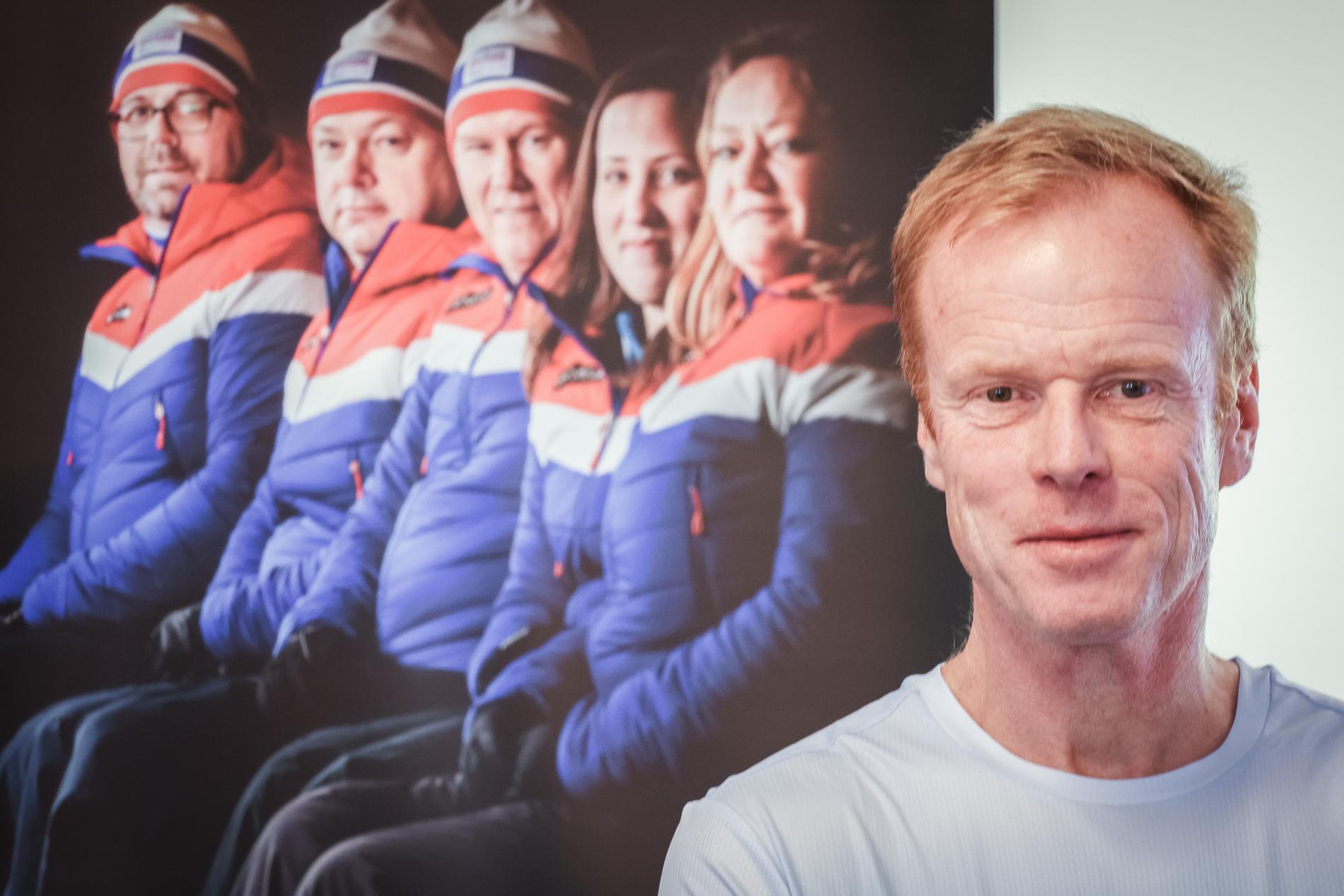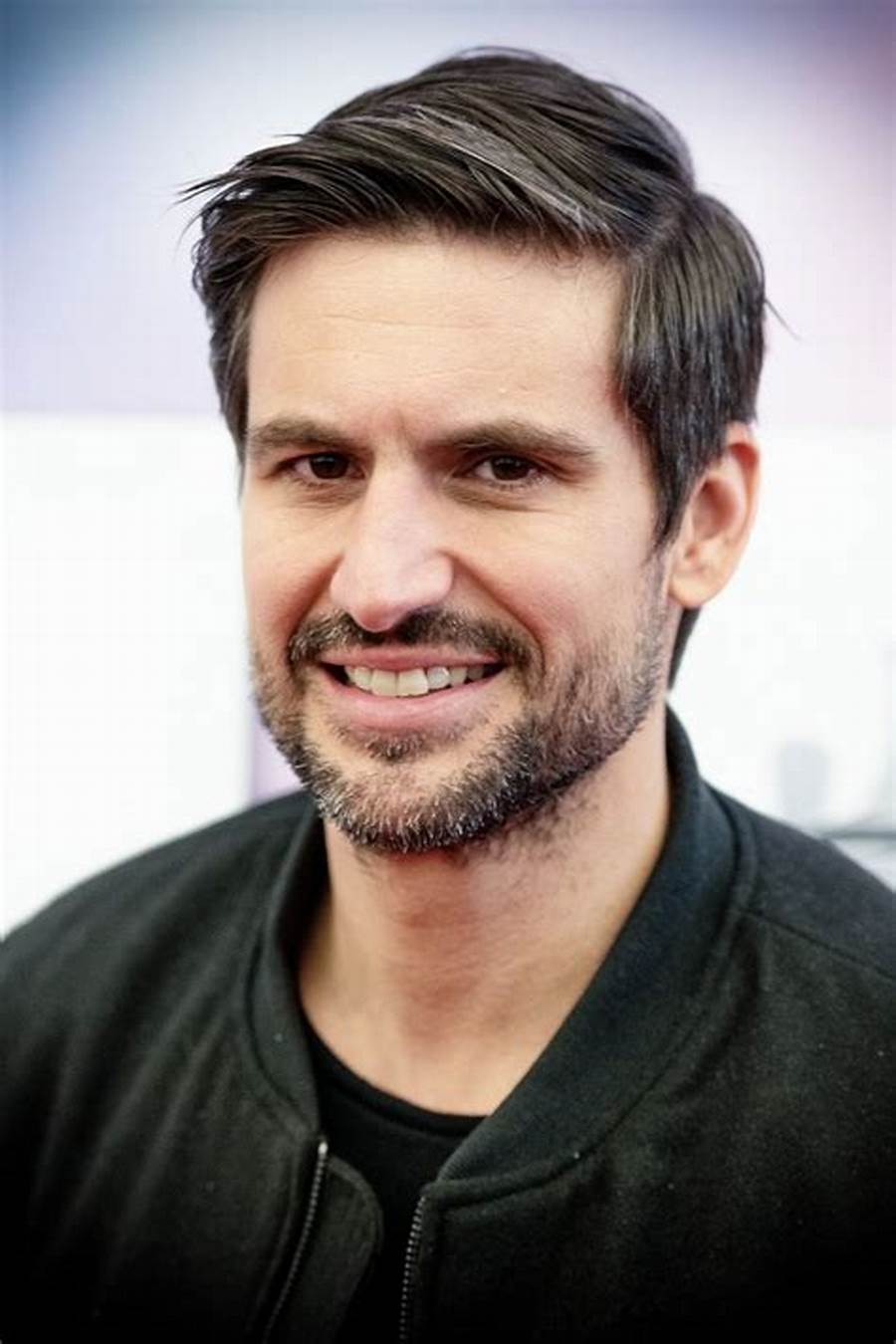
How much would the national team model have left if it weren’t for the profits from the Norwegian butter trailer?
This is a comment. Comments express the author’s attitude
The joint project Bjørn Dæhlie and Aker is the latest shot at an increasingly complex tribe. There are actually many different ways to invest in cross-country skiing.
It is impossible to predict where our national sport will be in a few years, but there are growing indications that we will see substantial change.
Perhaps the central tenet in the Norwegian model will remain, where the federally controlled national team is at the center of elite efforts.
But less and less shows that the Norwegian Ski Association can retain as much power and control as they had before.
Now we see that the national team based system is being challenged from many angles. In Sweden, big names like Frida Karlsson, Maja Dahlqvist and Linn Svahn have chosen to stay out of the national team and instead focus on their own schemes.
In this country, Johannes Høsflot Klæbo has so far been officially involved, but in a scheme that has mostly run its own way. Didrik Tønseth is back, but he also has a tailor-made approach.
At the same time, we are seeing increased professionalism in the environment outside the national team, and here the former ski king is now on the field working with the Aker Group.
Now the federation’s former sponsors will focus on athletes other than national team runners, and the promise is a “forward leaning” scheme. It was stated that the plan would be to work closely with the national team, but the idea emerged so seriously that it quickly became a competitor in practice.
It’s also about where the business community chooses to invest.
The new team has a tribe from Team Koteng Eidissen and Team Telemark, and a total budget of NOK 15 million. The focus is on distance, all-round and para.
So it makes sense that the level of ambition should be about challenging and fighting for places of interest.
It’s interesting here that the association seems to be ignoring the usual priorities of the national team, and in the modern world, NSF has to admit that they can’t keep their hands on the same level as they used to.
Of course it doesn’t matter that the national team throughout the season is the most sustainable in the long term, and with the thought of investing across the nation, the new team is more reminiscent of the familiar mindset of cycling.
It is interesting here that Maja Dahlqvist should act as a kind of mentor.
There are advantages and disadvantages for athletes to stand on or off the national team.
The biggest plus of being outside is about freedom, and ending the associations that control most of the sponsorship funds.
The main argument of national teams historically has been about comprehensive plans, at least when it comes to the heights, where resources are organized and logistics are fed into the system. This point seems to no longer be central.
But it cannot be underestimated that the lubricating trailer and the equipment it contains, with the sporting advantages that top skiing brings, may be most decisive in preventing more people from breaking.
The more professional the alternative team, the more open the question is whether the current system is the most sustainable in the long term.
Time will tell where it ends, but it’s undeniably interesting to see how Dæhlie and Aker affect the future.

“Hardcore zombie fan. Incurable internet advocate. Subtly charming problem solver. Freelance twitter ninja.”





